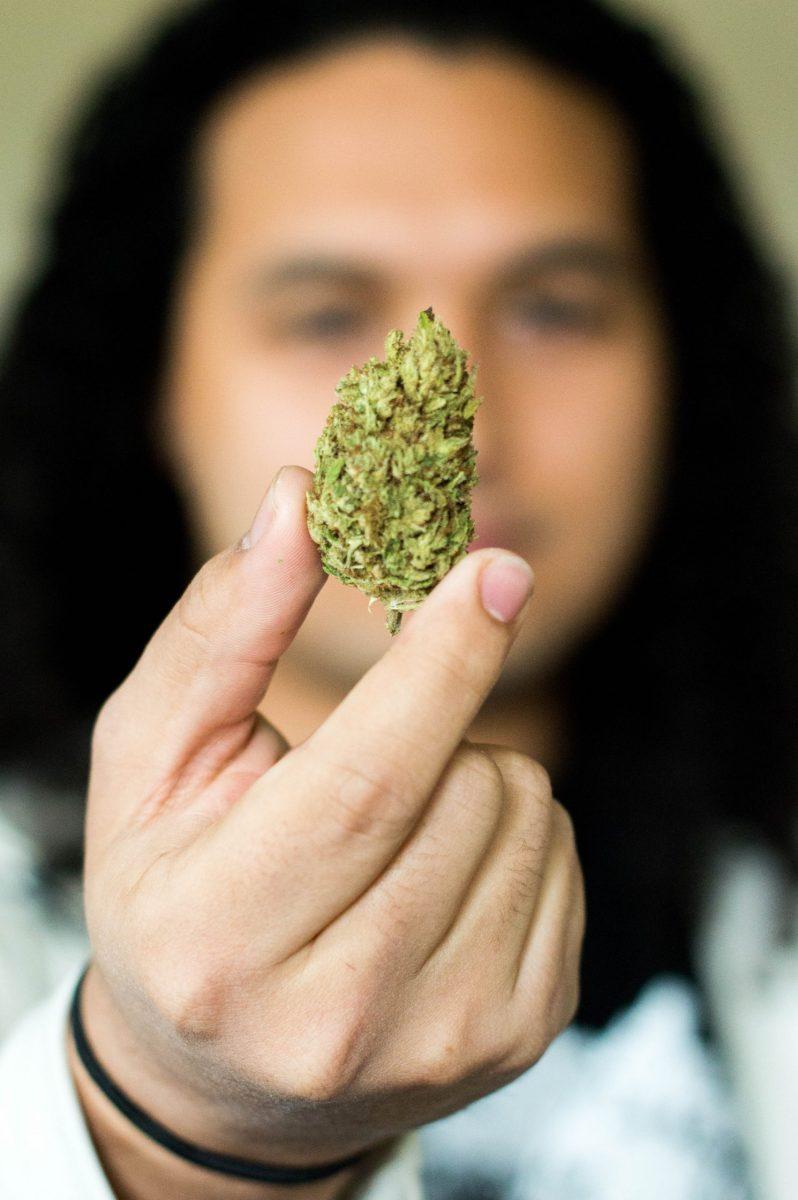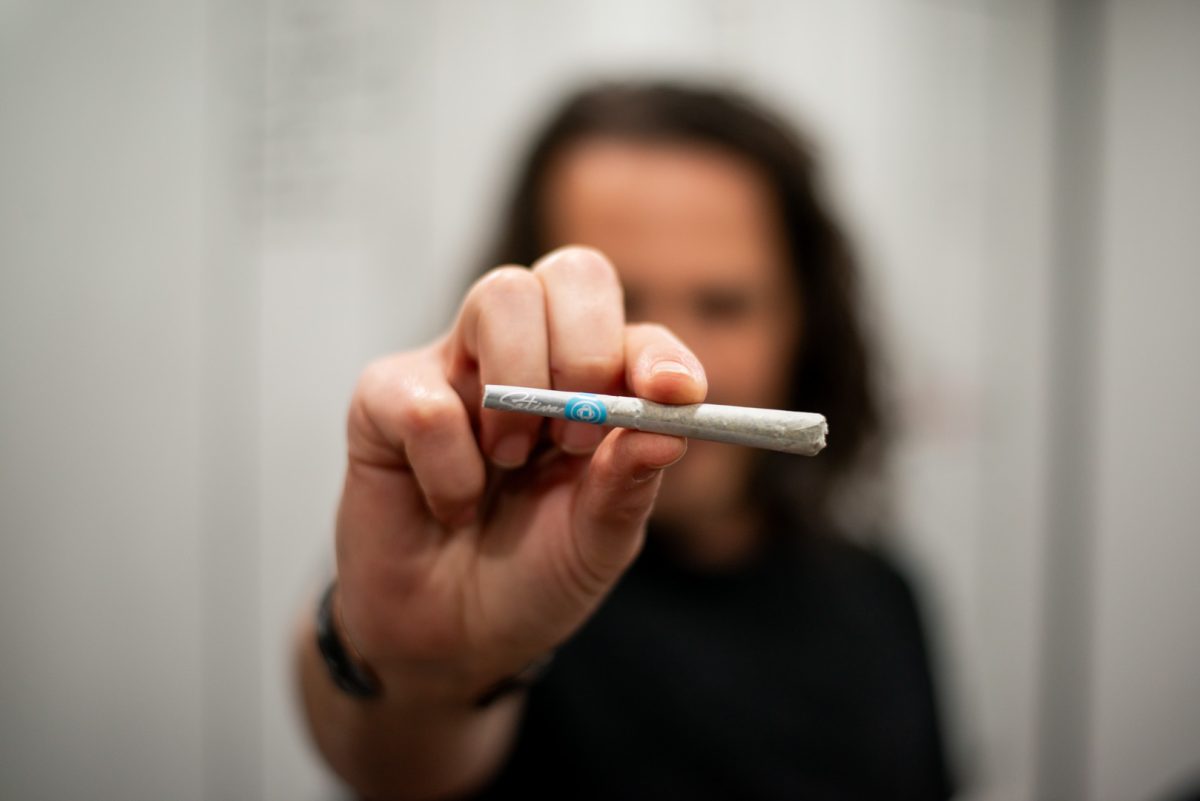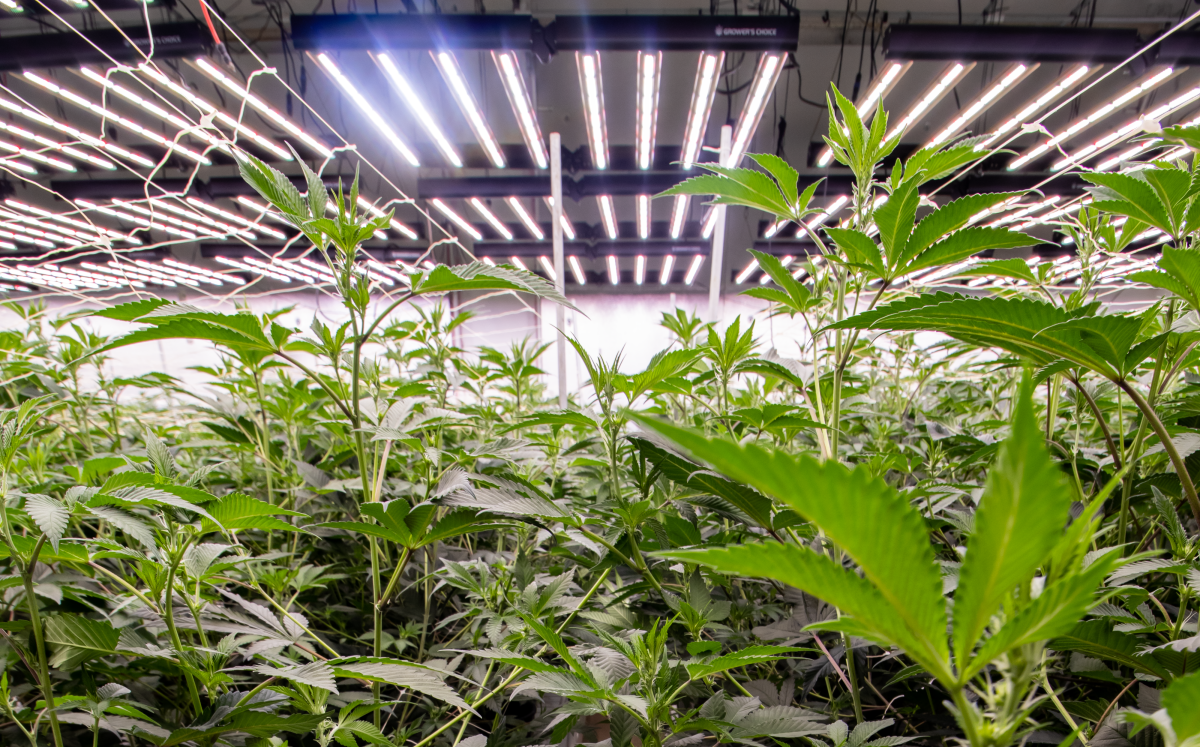Cannabis has a world of controversy surrounding it on all fronts, whether it be legalization, decriminalization or social acceptance. While people immersed in the industry work tirelessly to strip the cannabis plant of it’s shrouded stereotypes and narratives, other problematic aspects can slip through the cracks as we try to deal with the big picture. If you dig deep enough, you’ll find the dark roots of a commonplace term in the cannabis industry: marijuana.
Weed, dope, grass, herb, cannabis, cannabaceae, mary jane, the good green stuff; casual and professional slang thrown around to describe cannabis. Even with the plethora of language that surrounds cannabis, marijuana is the title that has remained dominant over the years. It’s suggested that one origin story of the term comes from Chinese “ma ren hua,” or hemp seed flower (cannabis is the genus of cannabaceae, or hemp when referencing non-drug usage). Underneath the seemingly innocent and casual lingo of marijuana in America lies a trail of xenophobia, racism and societal injustices.
At minimal face value, the word has contributed to the furthering of harmful and inaccurate stereotypes throughout history. The word “marihuana” (also spelled marijuana) was weaponized in the early 1900s with the rise of immigration from Mexico and the consequential steady employment in available cannabis fields for Hispanic workers. Prior to this, cannabis had been marketed by pharmaceutical companies as a sleep aid and pain reliever and it came in a liquid form. This product was most widely available to the wealthier (and whiter) population, but lower socioeconomic classes had significantly less access to this form of cannabis and were more likely to smoke cannabis flower. Even though the various classes and races generally use cannabis at the same rate, people of color and impoverished communities are systematically targeted for it. This dynamic of class-based privilege is still represented today in the gentrification of high-end dispensaries developing locations in communities that still actively suffer from consequences of the war on drugs.
Following the wave of immigration, the upper classes of America quickly associated the disparate increasing financial depression and social strain with Hispanic and black communities, seeking somewhere to point a finger of blame. This included their well-known cultivation and consumption of marijuana, rapidly snowballing into an ordeal of systematic racism perpetuated with stereotypes that would have long-lasting consequences on both marginalized communities and cannabis. This downward spiral initiated the path for cannabis to exist as Schedule 1 Drug to this day, defined by the DEA as “drugs, substances or chemicals with no currently accepted medical use and a high potential for abuse.” Elites and politicians of the time, such as Harry Anslinger—the ‘godfather’ of the Federal Bureau of Narcotics of which he served for 32 years—used the unabashed xenophobia and racism of the nation to racialize marijuana and paint an image of violence, crime and fear over both the plant and the communities cultivating it.
This stereotype spread like wildfire through the United States and white America ate it up as quickly as they could. Images of pot-smokers rapidly evolved from a wealthy white party appetizer to degenerate, dangerous criminals and offenders who were determined to rob the rest of the world of their nice things and sanity. Marijuana took up a new “exotic” persona, and Reefer Madness or The Devil’s Lettuce took hold.
Narratives spun by politicians such as Anslinger included forming an addiction to marijuana and resulting violent tendencies (including murder or assault), communist brainwashing, and the (dark organ music playing here) furthering of racial equality. Anslinger was quoted in a statement saying, “the primary reason to outlaw marijuana is its effect on the degenerate races… reefer makes darkies think they’re as good as white men.”
These stigmas pushed the images of violence and racism that championed the prohibition of cannabis—not dissimilar from the prohibition of alcohol which would follow a few decades later—which many still struggle in navigating today. It also largely contributed to the deep-seeded institutionalized racism that has carried over to today in casual industry usage of the word marijuana and rampant injustices against minorities within the cannabis community.
While many individuals, either as casual consumers or active participants in the industry, are catching on to the dark roots behind the word marijuana and switching to the friendlier formal term cannabis, it’s important that we get the facts straight. The continual use of terms that are outdated, inaccurate and harmful to any grouping of people is simply another avenue of furthering oppression and institutionalized racism, regardless of historical erasure of meaning and connotation. While it’s important to note that many still debate the origins and etymology of marijuana, it’s also crucial that we as a society are able to identify harmful microaggressions as we see them and address them unequivocally to best protect all members of the communities we’re in.
The pursuit of intersectionality in our verbiage is particularly important to focus on if you happen to be of a community that is in no way disadvantaged by racial or socioeconomic stereotypes and systems—AKA, check your privilege and go from there. Outside of adjusting our vocabulary and understanding the deeper meanings behind the words we use, the next step is to educate the cannabis community on the harms of the drug war and the true science behind the plant.
For more information on cannabis and its relation to race, check out Race and the Drug War by drugpolicy.org or The War on Marijuana in Black and White, an article published by the American Civil Liberties Union.







